Climate Change
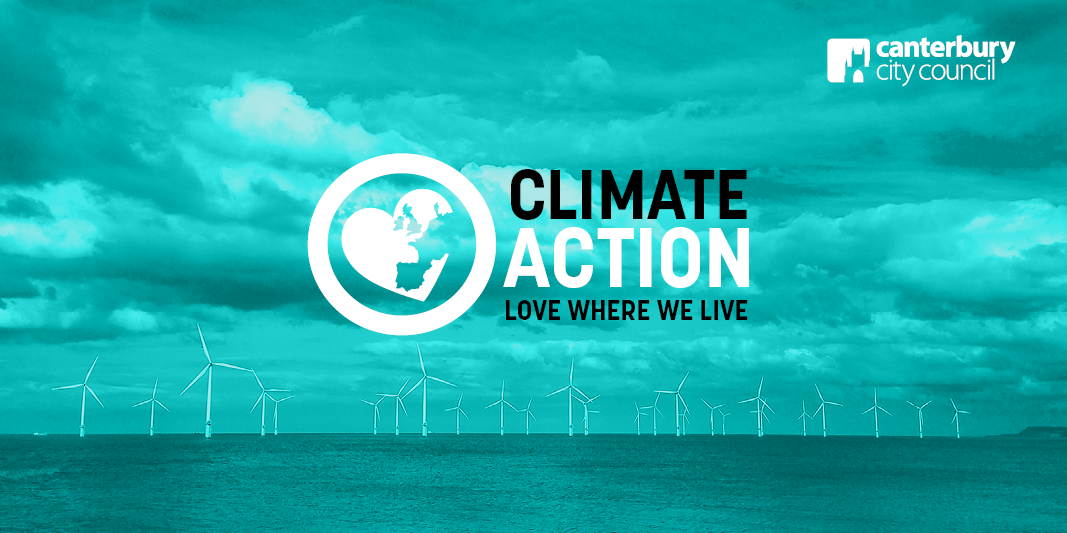
| Council action
Net zero, local and corporate plans |
| Air quality
Air pollution, monitoring and improvement plans | |
|
| Sustainable products
Food,goods and your carbon footprint | Green energy and housing Clean energy, solar panels and funding | |
|
| Green transport
How you can get around |
| Recycling What can be recycled and facilities near you |
Council action on climate change
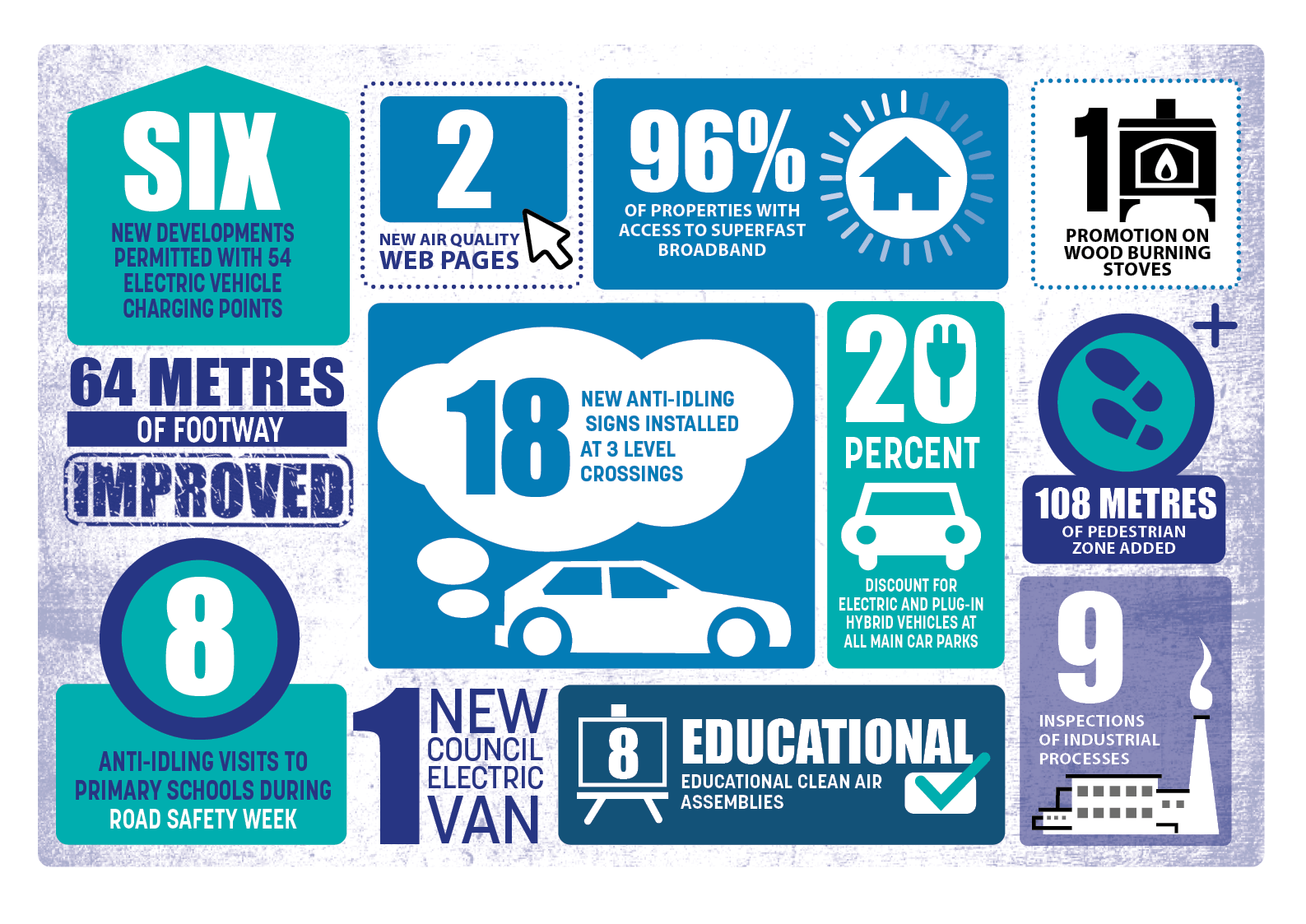
Canterbury City Council has set a target of net zero carbon emissions for council activities by 2030.
Net zero emissions means after all of the council’s activities have taken place, it will not have added any extra carbon dioxide into the atmosphere.
This means that by 2030, any remaining carbon emissions are balanced by absorbing an equivalent amount from the atmosphere.
Why net-zero?
The UK Government has committed to reaching net zero by 2050 as part of a global effort to keep the average long-term global temperature stable.
Achieving net zero carbon emissions is key to avoiding the worst that climate change can throw at us including its impact on how we live our lives and the threat of extinction to many species of animals.
For this reason, like many UK councils, Canterbury City Council is putting lots of effort into working towards net-zero emissions in order not only to play its part but also to show some leadership on the issue.
How will the council do this?
In 2020 Canterbury City council evaluated all the emissions from its activities for the 2019-20 financial year so the size and sources of emissions are better understood.
The council plans to reduce its emissions as quickly as possible from the operation of the range of services the council provides.
The largest and most challenging areas are:
-
changing the way council houses are heated to remove the emissions from gas-powered central heating
-
making commercial buildings – shops and warehouses that the council lets to other organisations – much more energy efficient and free from burning gas to heat them.
-
changing the heating systems in public buildings including the museums and leisure centres. Swimming pools are particularly energy intensive and the pool heating systems need to be changed from gas heating to a low-carbon heat source
-
removing diesel from the fleets of council vehicles – particularly the refuse collection lorries, street cleansing and ground maintenance equipment
-
reducing the carbon footprint of council development projects. Building and redeveloping buildings and infrastructure, which has been a large part of council work, generates large quantities of emissions
Alongside these big challenges, the council must work to systematically reduce the carbon emissions from delivering its key services to residents and businesses.
This includes the products and services the council buys as well as the heat and power required for the council offices and equipment.
Making these plans and then implementing them is a major endeavour and requires finding new sources of money as well as the reallocation of existing resources.
The council’s work on climate change is led by the Policy and Resources Committee and through the Climate Change Working Group.
Air quality
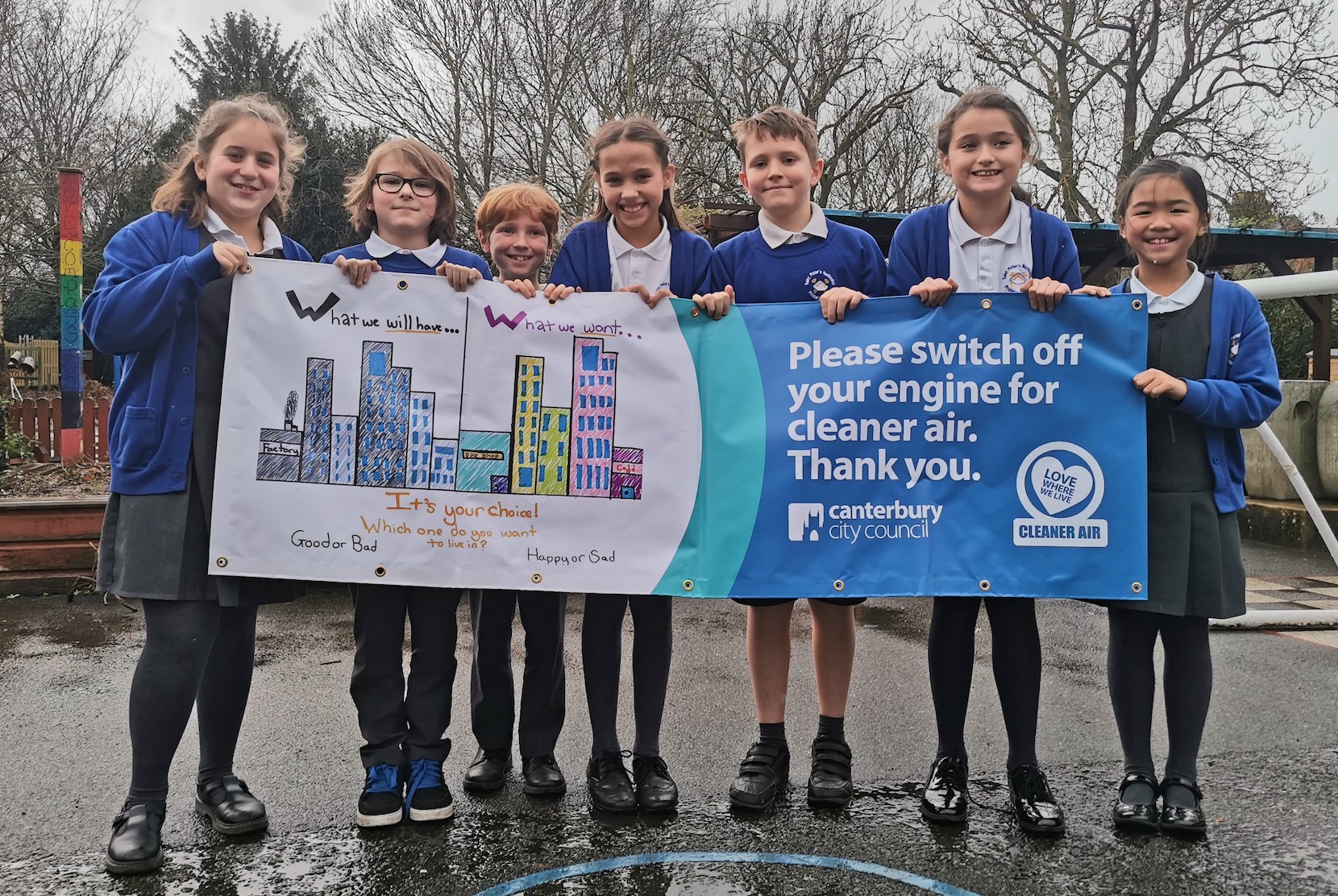
In the UK, poor air quality has been identified as the largest environmental risk to human health.
It is now known that long-term exposure to air pollution can cause chronic conditions such as heart and lung disease, as well as reducing how long we can expect to live.
In towns and cities, the main source of air pollution is road transport. Diesel and petrol vehicles create pollutants including nitrogen dioxide and particulate matter.
Other sources of air pollution are burning fuel in our homes, smoking and emissions from power generation, farming and industry.
Canterbury City Council has a dedicated programme of work to improve the district’s air quality that is outlined in its Air Quality Action Plan for the period 2018-2023.
You can find out more about air quality, monitoring and the Cleaner Air for Schools campaign on our air quality pages
Sustainable products and reducing your carbon footprint
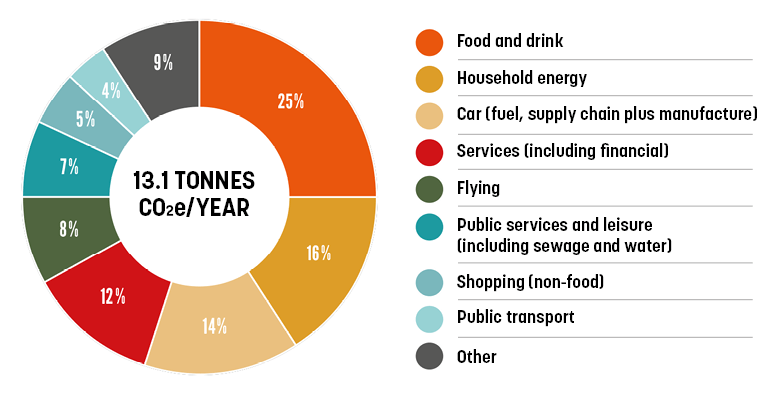
Source: Small World Consulting
Your carbon footprint is the amount of greenhouse gases – including carbon dioxide, methane, nitrous oxide, fluorinated gases and others – you produce as you live your life.
In the UK, the average emissions from all the things that we buy and use is calculated to be equivalent to about eight tonnes carbon dioxide per year.
You can read about where these emissions come from and how they have been reducing at the Official Statistics UK Carbon Footprint pages.
If you are looking to reduce your own personal carbon footprint, the first step is to find out what your footprint is at WWF environmental footprint calculator.
You can then work out how you can start to make some small changes such as switching energy suppliers, introducing meat-free days at home or walking to work once a week.
Green energy and housing
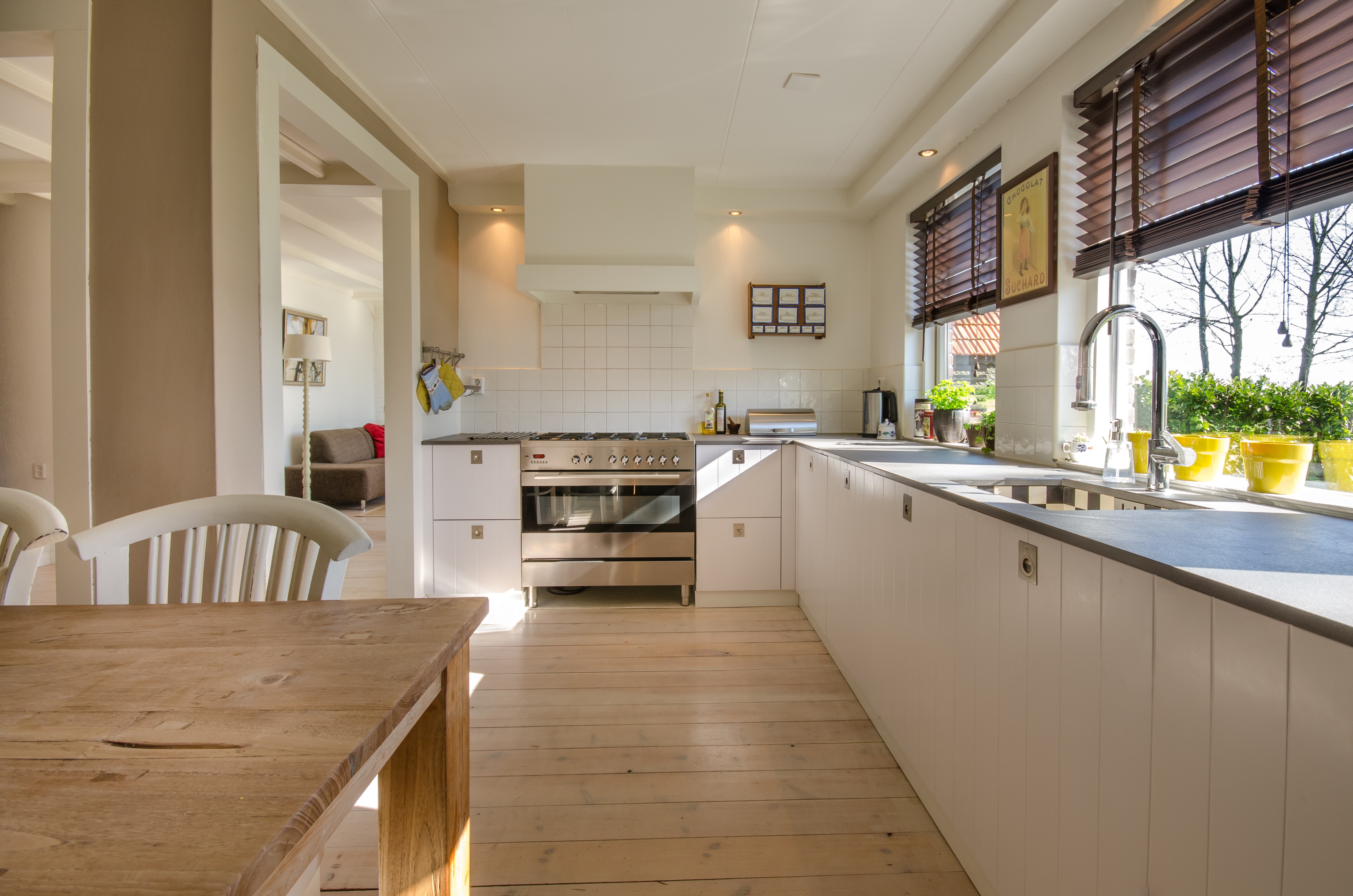
It’s no surprise building, maintaining and modifying homes can generate lots of emissions.
The materials to make homes, especially concrete, steel and synthetic materials all require plenty of energy to produce.
If you are thinking about modifying your home, the Energy Saving Trust has a great guide to how you can use the opportunity to save energy and bills at the same time.
Household equipment and appliances also require energy to make and run.
When equipment is relatively new and has a good energy rating, repairing appliances will save money and be the best environmental option.
There are plenty of reputable repair firms in the district and you can find them through Checkatrade.
When an appliance needs renewing, the Energy Saving Trust provides the latest guidance on choosing appliances
Solar panels
Canterbury City Council is part of the Solar Together project that aims to provide residents with high quality solar panels via a group buying scheme that means residents can buy solar and install panels at a highly competitive price.
Solar photovoltaic (PV) panels are a good investment. With solar panels you will benefit from saving money on your electricity bills. You will also be helping to reduce CO₂ emissions and support a sustainable future through increased generation of renewable energy.
You can register your interest in buying solar panels as a group for a more competitive rate at the Solar Together Canterbury webpage.
Heat pumps
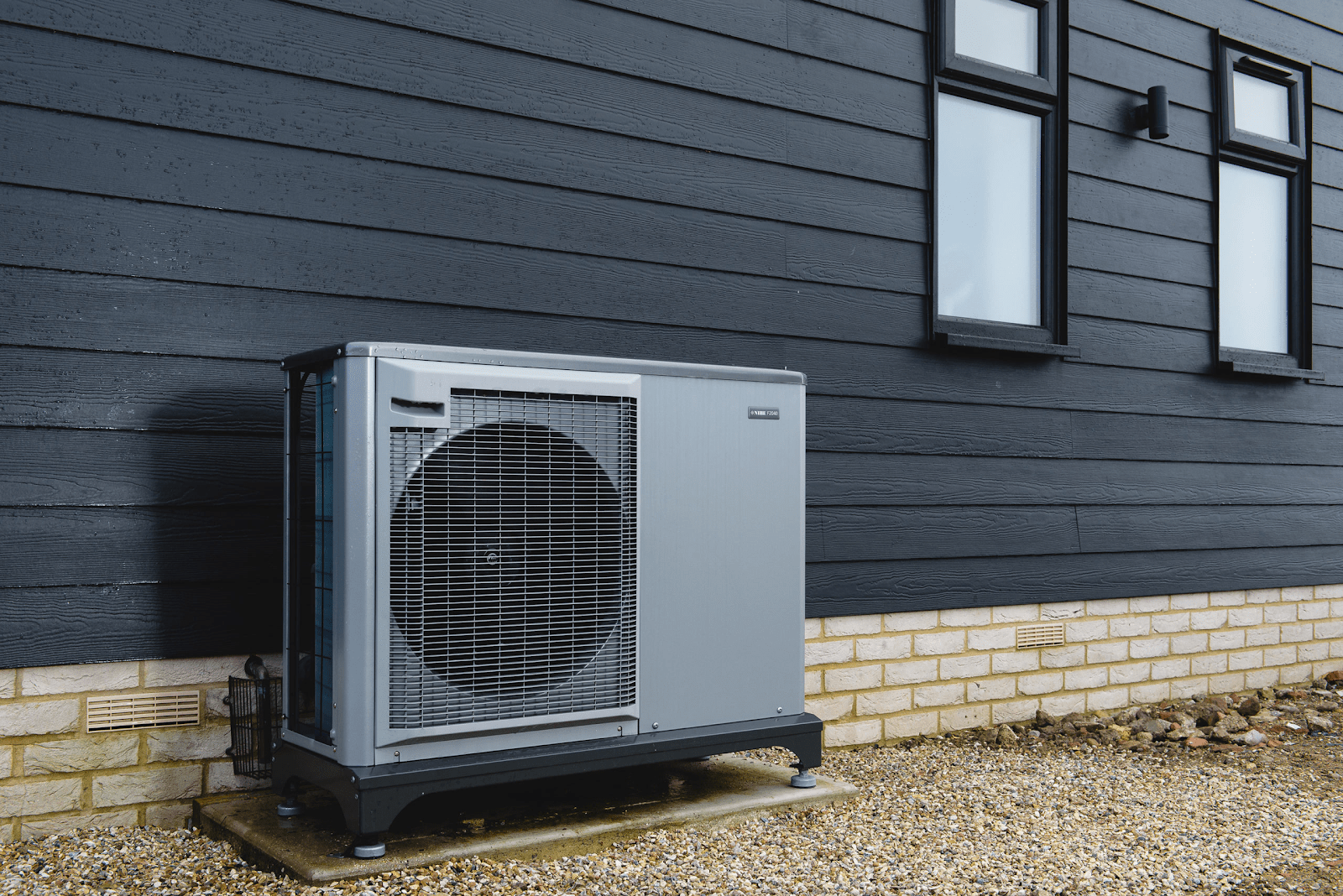
About a third of the greenhouse gas emissions that are contributing to global warming from the energy that we use comes from burning gas. In 2020, most homes in the district were heated by gas boilers.
Although boilers have been improving in efficiency, they still consume large amounts of gas which comes mostly from fossil fuels. Burning gas in our boilers also contributes to the nitrogen dioxide levels in our local air.
Nitrogen oxides are harmful to human lungs. Scientists estimate that around 20% of the nitrogen oxides in the background air comes from gas boilers.
The UK Government agreed primary route to reducing fossil fuels from heating homes is to use heat pumps in combination with improving building insulation. Heat pumps use electricity to move heat from outside the building (from the air, ground or from water) into the building. The Renewable Energy Hub UK provides a comprehensive guide to heat pumps
Green Homes Grant
The Green Homes Grant provides a grant of up to £10,000 to make energy efficient improvements to your home. The scheme has been extended for one year and will close on March 31, 2022 for households with an annual income of less than £30,000.You can use the funding to make improvements to your property including insulation, double glazing and low-carbon heat.
Green transport

A joint document by Canterbury City Council (CCC) and Kent County Council (KCC) provides the transport policy framework for the Canterbury District to the year 2031.
The Transport Strategy contains four key strands to reduce potential increases in traffic levels by 2031:
-
use of sustainable travel methods and alternatives to the private car
-
car parking management in the city centre and encouraging Park and Ride
-
achieving reliable journey times across the transport network
-
reducing the number and length of journeys undertaken in the district
Since transport is one of the main contributors to our own emissions, we may all consider small steps to help reduce our transport-related carbon footprint.
For example, car sharing, increasing home-based working, walking to work and using the Park and Ride service are all ways to begin.
Cycling is also among the lowest carbon-per-kilometre modes of transport and is a great option for those looking to improve their physical and mental health.
Google Maps bike routes is a useful online tool for planning you bike route.
Electric vehicles (EV)
Electric vehicles are becoming a viable mode of transport for many people. Although the upfront cost of owning or leasing an electric vehicle may seem expensive, over the longterm, there are major cost efficiences in swapping your petrol or diesel car for a more eco-friendly hybrid or electric vehicle (EV) a more as well as environmental benefits to choosing an electric vehicle.
The environmental benefits of electric vehicles are already widely known. Pure electric vehicles do not emit any exhaust gases which reduces local air pollution.
The council has already installed EV charge points across the district with plans to develop this scheme further as housing demands increase.
You can find your nearest EV charge points, EV route planner and calculate your journey costs using Zap-Map.
Recycling
Recycling helps keep our planet healthy. When we recycle, used materials are converted into new products and this reduces the need to consume natural resources that are made by extracting fresh, raw material from the Earth through mining and forestry.
Using recycled materials in the manufacturing process also uses considerably less energy than producing new materials from scratch.
For example, it takes 95% less energy to recycle aluminium cans than it does to make new ones.
Current UK recycling is estimated to save more than 18 million tonnes of CO2 a year – the equivalent of taking 5 million cars off the road.
When we recycle we also divert waste from incineration. In the Canterbury district in 2017/18, 56.4% of our waste was incinerated (burnt for electricity) and 43.5% was recycled or composted. Less than 0.1% of our waste was sent to landfill.
However, waste-to-energy incineration still has a negative impact on the environment as carbon dioxide is released into the atmosphere during the process.
It is always better to prevent and minimise the need for waste in the first place, reuse and recycle where we can – and as a last resort, incinerate or dispose of what we no longer need.
You can find out more about recycling including what can and can’t be recycled in your household collections, household waste recycling centres and your collection dates online.
Please note: These are just some ideas for you to consider. Canterbury City Council has added these suggestions for illustrative purposes only and are not recommending or endorsing one particular action, product or service.
For information on climate change across the district, please contact Nicholas Thurston, Climate Change Officer, at nicholas.thurston@canterbury.gov.uk

© Canterbury City Council 2020
Published: 19 November 2020



